The Grand Tour. Educational Journey of the 17th to 18th century
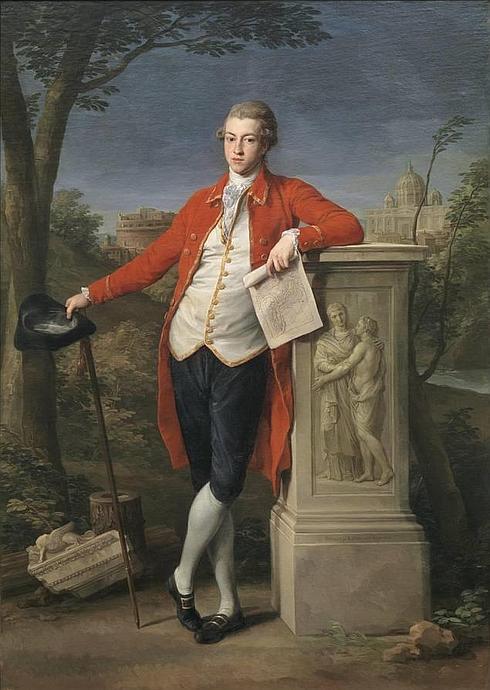
What is the role of grand tour in the history of travel and tourism? European grand tour during the 18th century.
History of Tourism: Grand Tour & 18th century travel: In the 18th century, young English aristocrats completed their education with a trip through Europe that was very initiatory. In eighteenth-century Britain, nobles played a relevant role in politics and diplomacy. After a long period of convulsions, the country had established itself as a parliamentary monarchy and enjoyed political and religious stability. It was also going through a period of great prosperity, the result of the application of new cultivation techniques, the beginning of industrialization and, also, the development of commerce, driven by its naval power.
In this context, gentlemen considered that one of their duties was to ensure the proper functioning of public affairs. For this reason they actively participated in politics. Colonial expansion provided an even greater opportunity. The government needed high officials to manage the Empire, and who better than the members of the nobility to assume that responsibility.

What did people do on the Grand Tour?
The great English families began to manage the education that their children received, destined to occupy positions of importance in the near future. As a culmination of this education, it was advisable to take a trip through continental Europe. They traveled to discover the sacred places of classical culture, but also to come into contact with European high society.
In other cultures, you learned to move elegantly in salons and parties. Also know other tastes and customs, as well as acquire knowledge of other languages, in particular, French.Since it was not a pleasure trip, but a formative one, everything was meticulously planned.
The trip was reserved for young males, and was sometimes carried out in small groups of two or three. They were also accompanied by one or more servants and a tutor, an educated person of a certain age who illustrated them. This person also exercised control and surveillance functions, since the pupils craved knowledge, but also pleasures.
Who was the Englishman John Lock?
The idea of traveling as a form of learning was driven by the empiricist current, which argued that the origin of knowledge is the experience itself.
Richard Lassels, was a Catholic priest who traveled to Italy several times throughout his life as a tutor. He was the first to use the term Grand Tour. I use it for the first time for such tours in the Voyage of Italy travel journal, published in 1670.
In his Essay on Human Understanding, the Englishman John Locke, father of empiricism and liberalism, maintained that ideas reach man exclusively through his senses and the physical stimuli to which he is exposed. From this point of view, travel became an indispensable element for those who wanted to develop their minds and improve their knowledge of the known world.
Victorinox Store

Florence First Major Destination of the Grand Tour
What are were the major stops on the Grand Tour? 18th century travel
The duration of the Grand Tour was highly variable; it ranged from six months to several years. The places visited depended on the time and financial means available. Also of the contacts that the families had between the European nobility, necessary to welcome travelers or facilitate their stay at different stages. Remember that there were no hotels themselves
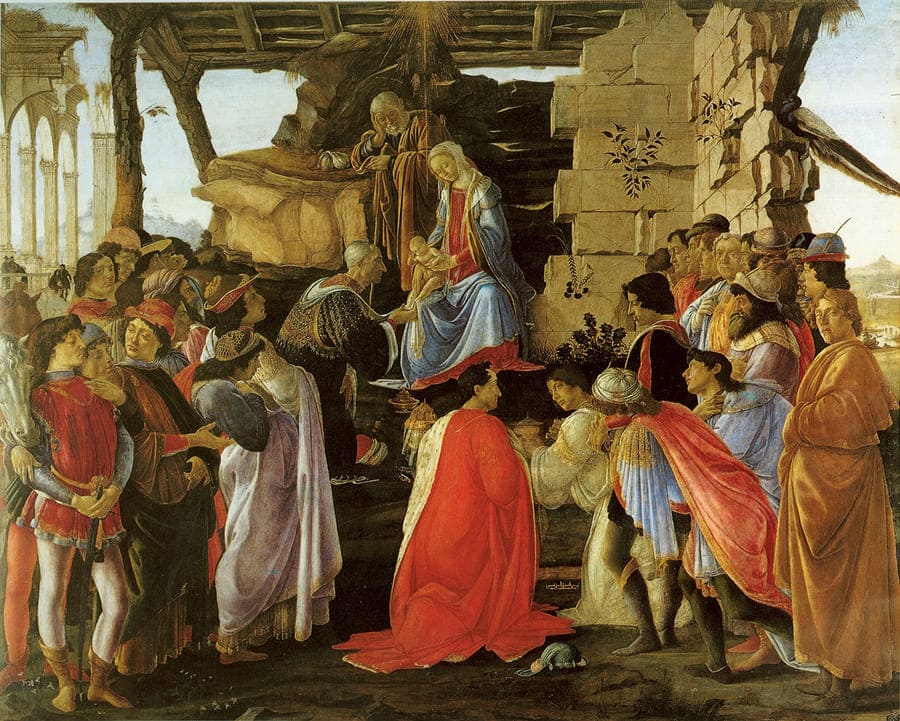
Italian cities could never miss the main route The classic route started from Dover, on the southern English coast. After crossing the English Channel, travelers disembarked in the French port of Calais, where they bought a horse-drawn carriage and everything necessary for the trip.
Florence, the cradle of the Renaissance, was the first major destination.
Passing through Reims and Besançon, they continued to the Swiss city of Geneva, where a more or less long stay was made, which was usually used to take French courses and make visits to other points of Swiss geography.
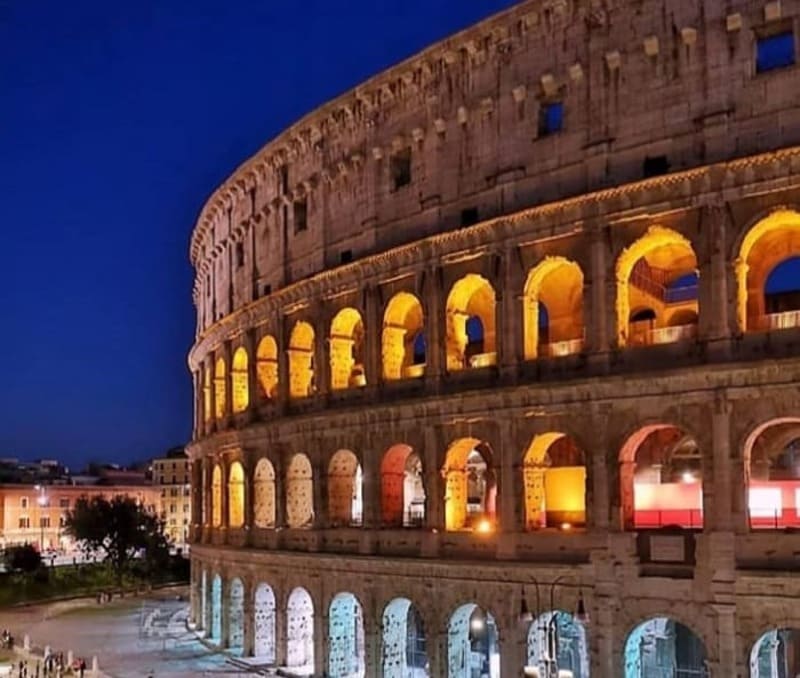
The trip continued south towards the Mediterranean, with brief stays in Lyon, Avignon, Nice and Genova. Upon arriving in Italy the true intellectual pilgrimage through classical antiquity began.
Florence, the cradle of the Renaissance, was the first major destination. Renaissance intellectuals who were admirers of the classics considered Renaissance art to be a modern interpretation of classicism. For this reason, they gave it great value. Gothic or Romanesque styles were discarded by inferiors
The stay in Florence focused on the study of art, illustrated with the contemplation of the masterpieces of painting, (Sandro Botticelli and more ) sculpture and architecture that filled the entire city. From its opening to the public in 1769, the Uffizi Gallery became a must-see for every educated visitor.
Luggage Samsonite Store

What was the grand tour of Italy?
After several months after departure, the main goal of the trip was reached: Rome. The ruins of the ancient Roman Empire, such as the Colosseum, the Pantheon or the forums, fascinated the travelers. Being able to be in them, observe them, even touch them, was an amazing experience.
The Roman empire and classical antiquity had become the model to imitate. The city of Rome also attracted artists and art students from all over Europe who came to learn from the masters.
The contrast of the classical ruins, splendid palaces and squares together with unpaved had and a state of neglect of the city surprised the visitors.
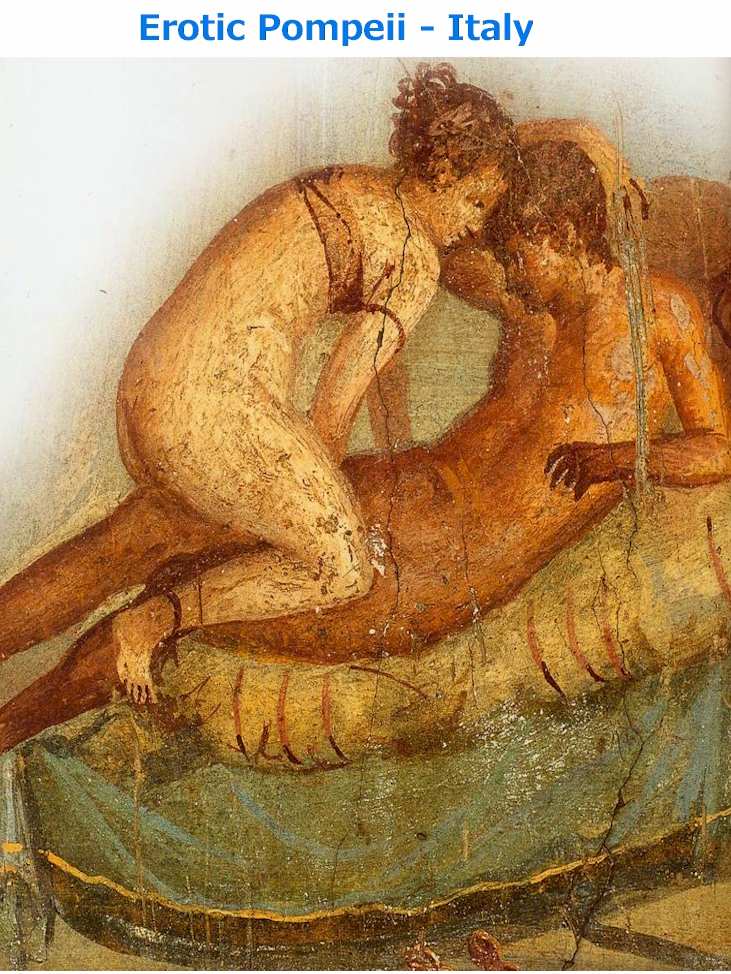
From Rome, it continued to Naples, to visit the fascinating ruins of the cities of Herculaneum and Pompeii, found respectively in 1709 and 1748.
The Most Serene Republic of Venice was the next stage, Despite having lost its character of maritime and commercial power and being in full decline. Venice was still a crossroads between East and West, which gave it a certain exoticism, apart from the palaces and art of the city itself.
What most attracted to Venice was the magnificence of its celebrations, civil or religious, which had their heyday in the period of Carnival. that lasted for more than two months.
A brief visit to Turin and Milan ended the Italian tour. The next destination was France this time crossing the Alps on Mount Cenis. This was a journey with many difficulties and risks. Sometimes it was necessary to dismantle the carriage along with the luggage and, depending on the time of year, make part of the way on foot or by sled. Once the Alps were over, the travelers set out for Paris, their next destination.
Paris Grand Tour educational tours 18th century
Paris was the heart of elegant and sophisticated Europe. If in Italy young people had devoted themselves primarily to the study of art and history, in Paris what prevailed was social life. Those with the right letters of introduction had the opportunity to enter French high society and participate in its elegant and amazing social life.
Although fun was part of the experience, the objective was, as in the rest of the Grand Tour, of an instructive nature. British youth must learn to behave in society with ease and refinement. The dance, fencing or horse riding classes were followed by performances in the theater and at the opera and evenings in the distinguished and luxurious salons of Paris. Tasting delicacies and wines was within learning. It also reversed worldly issues and politics
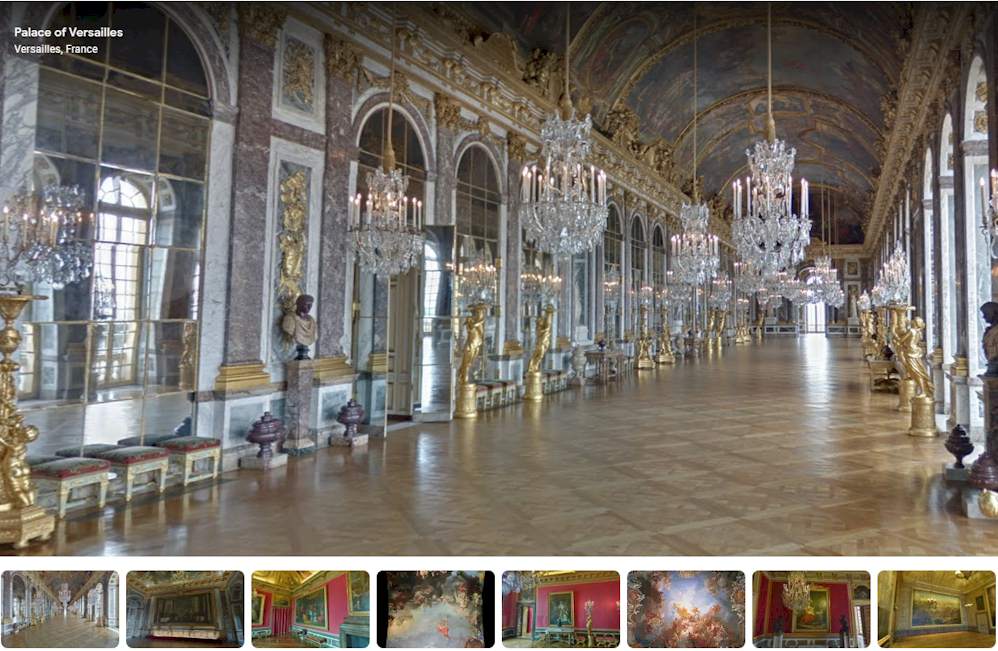
The Parisian stage could last weeks or months, according to the assigned budget. From there it only remained to go to Ostend and embark back to England.
On The Grand Tour there were countless variations of routes Sometimes the tour was completed with stays in the Netherlands and in Germanic cultural territories such as Vienna, Innsbruck, Berlin, Potsdam or Dresden, which were frequent destinations.Some young people extended their studies in prestigious German universities, such as those in Leipzig, Munich or Heidelberg. Others went as far as Sicily, where they visited the magnificent Greek archaeological remains. The most adventurous, dared to travel to Greece, a country of exceptional interest, but considered risky, since at that time it was in the power of the Ottoman Empire.
TSA Pet Carrier
Spain was excluded from the grand tour?
Spain was excluded from the Grand Tour itineraries. In the eyes of the English, it was a poor country, plunged into a deep decline and inhabited by ignorant and superstitious people. From a cultural point of view, it offered little or no interest. It should not be forgotten that Spain was the quintessential Baroque, a movement little valued by the prevailing Neoclassicism at that time.
In addition, they considered it a territory plagued with difficulties for the traveler. Terrible communication infrastructures, old and dirty inns or highly recommended food. It was not until the 19th century when Spain became a destination, thanks to romantic travelers, eager for exoticism and adventure.
The Prohibition of Philip II of Spain
In the context of the Counter-Reformation and the beginnings of the Baroque, Philip II of Spain decided to prohibit the realization of the grand tour by the inhabitants of his kingdom. In this way, it impeded cultural exchange and scientific journeys. As a consequence, the new ideas of the seventeenth century entered with great difficulty clandestinely if they did.
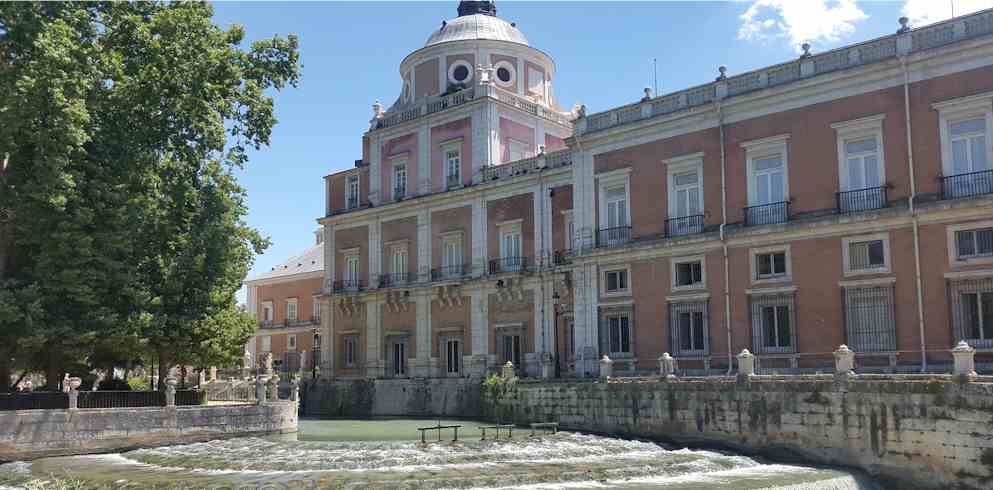
A strong setback was caused in the sciences of modern Spain. Newton was totally unknown in Spain. There was only some news of their discoveries in the eighteenth century.
The monarch’s idea was to isolate his kingdom from the impurities of the new scientific and philosophical currents that were emerging in northern and central Europe. Due to the results, the isolation was remarkably successful.
The ban was maintained until it was finally revoked in the early seven hundred with the arrival of the Bourbon dynasty to the Spanish throne.

Do the grand tour participants collect art?
A curiosity of the Grand Tour Europe was the possibility of acquiring and collecting objects from the excavations. Despite the fact that the Grand Tour was a restricted phenomenon, the privileged condition of those who carried it out made it exert a very significant influence on the artistic and literary tastes of England.
The marble busts and sculptures from the Roman period, as well as the bronzes, medals and other ancient objects, were all the rage among the Grand Tour travelers. Most of them returned laden with works of art. Its exhibition in libraries, salons or gardens was a symbol of wealth and status.
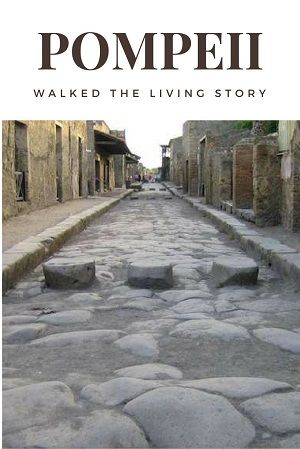
Since not everyone could afford to buy original sculptures, the production of marble copies on a natural or reduced scale soon developed. These copies went on to swell England’s private museums.
Some of the museums were really great. For example, it is known that, in 1719, Richard Boyle, third Earl of Burlington and fourth Earl of Cork, returned to London from his trip to Italy with 878 art pieces in his luggage. Boyle would become an excellent architect, something exceptional for an English nobleman, and it was he who introduced the Palladian style to England, which would influence British Neoclassicism so much.
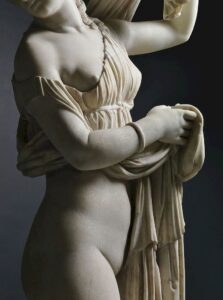
At that time the painting, the views of landscapes and ruins, as well as the portraits of the participants of the Grand Tour in one of the places visited, also became an object of collection and prestige.
Smashbox & Artristy Makeup
Did the participants of the Grand Tour travel for pleasure?
Between the 18th and 19th centuries, Britain experienced a period of strong growth, driven by the Industrial Revolution. A wealthy bourgeoisie emerged that wanted to emulate the aristocracy in many respects, including the possibility of traveling abroad.
In parallel, rail and regular shipping lines reduced the cost of travel, while increasing their safety. Long and uncomfortable journeys were left behind, and it was no longer necessary to have months or years to visit other countries. In this way, the new industrial bourgeoisie joined the aristocracy on the Grand Tour, to which women also had access for the first time.
This mass tourism would be the end of the Grand Tour as such. The trips of the 19th century lost everything that made the Grand Tour a unique experience: its educational purpose, the stays of several months that allowed to get in touch with European society and the fact that it was the privilege of an elite.
The illustrated trip gave way to the romantic trip, whose main motivation was entertainment. Visiting new places was no longer so much about training as enjoying and having fun
The main concern of the traveler was now to contemplate landscapes, historical places and monuments. This is how the tourist experience as it is known today was born.
The Grand Tour was a precursor phenomenon of tourism, but not its direct origin. It would be the romantic pleasure trip that really led to the consolidation of modern tourism, although it would still have to wait another century to witness the birth of mass tourism. European grand tour during the 18th century
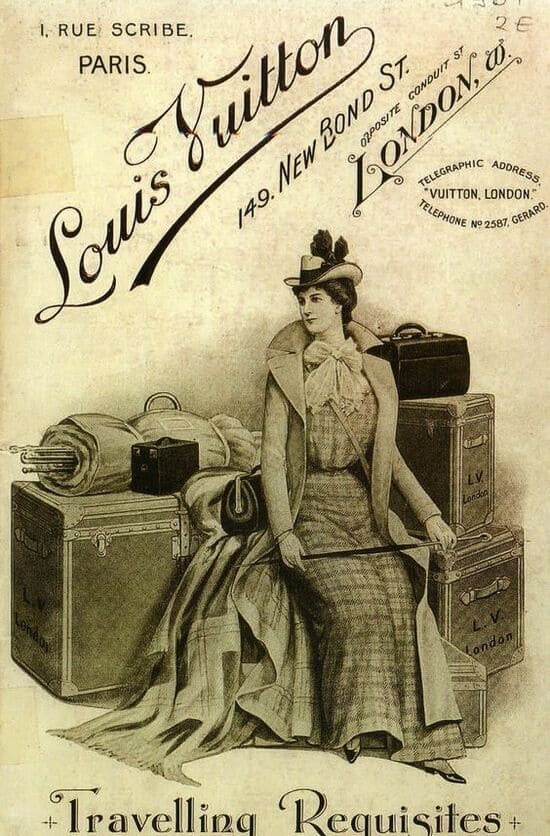
Related Post – History of Tourism: The Grand Tour
- History of Tourism Greece & Roman Empire
- US history of Tourism : TAT Airlines
- History Of Tourism: Middle Ages
- TSA Regulations for Travel
- Empire Roman roads Calculator
- History of Power Bank
- National Library of Scotland
- Amazon Travel gadgets deals











